
Initiative provides affected countries, communities within with power, phone service, internet access
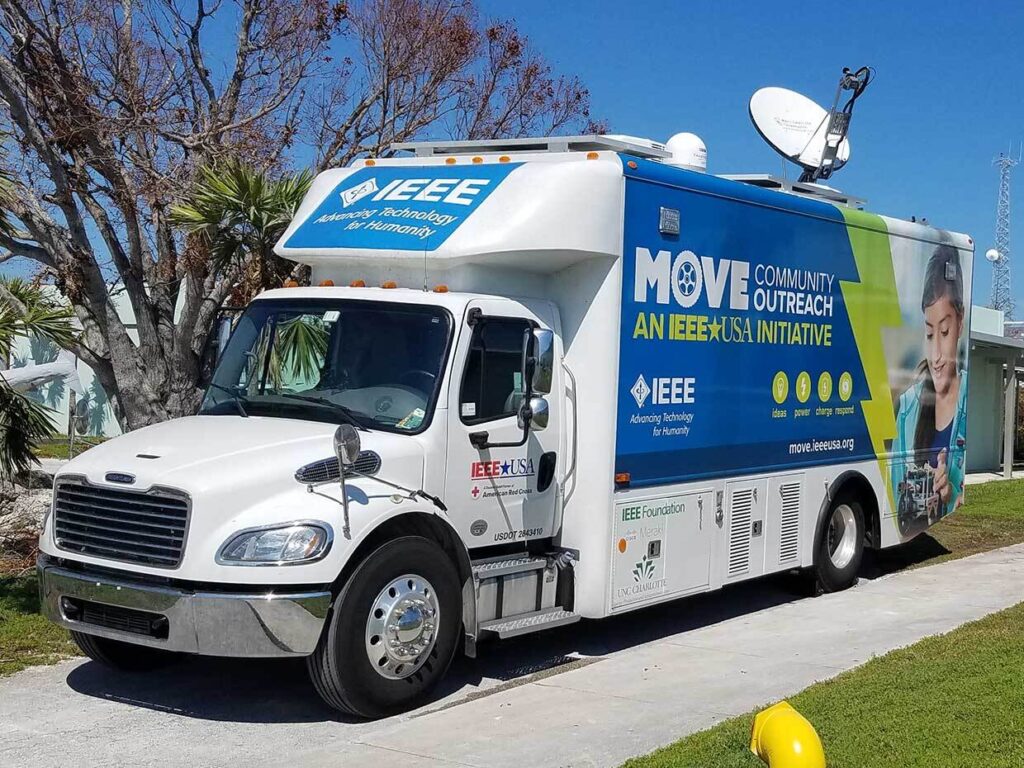
After five years of providing United States (US) communities with power, phone service and Internet access in areas of widespread outages due to floods, hurricanes, tornadoes and wildfires, the America-based Institute of Electrical and Electronics Engineers (IEEE) is expanding its social outreach programme to Jamaica and four other countries.
The social outreach programme Mobile Outreach Vehicle (MOVE), in addition to Jamaica, is expanding to India, Pakistan, Turkey and Puerto Rico, a US territory.
IEEE volunteers are busy setting up the emergency-relief and community-outreach programme in Jamaica as well as the four other beneficiary countries.
The MOVE truck, which is being used to execute the social outreach programme, is equipped with satellite Internet access, IP phone service, and the ability to charge up to 120 cellphone batteries simultaneously. The vehicle has a generator as well as three solar panels that sit on its roof.
It also has a mobile television for tracking storms connected via a small receiver on the roof. The IEEE volunteers involved with the programme often coordinate their efforts with the American Red Cross.
MOVE truck will not be used in Jamaica and the other countries
Because of the anticipated rough terrain and the nature of natural disasters in the five new areas, a MOVE truck cannot be used there, IEEE MOVE founder Mary Ellen Randall explained. Instead, portable communications and power equipment are being designed by IEEE volunteers in partnership with the local Red Cross to meet the needs of each area.

Randall said the modular units will be used interchangeably based on the type of disaster, noting that “the equipment will be compact so people can pick it up and put it in the back of a pickup truck or SUV”.
She said the organisation is developing multiple versions of the modular equipment that can be used, depending on the circumstance.
Different types of power sources and communication tools, such as radio or satellite, would be needed. The type of equipment needed for a monsoon would differ from what a hurricane would demand. Volunteers are developing prototypes of the equipment to test.
IEEE volunteers spend weeks at a time helping communities after they have been hit by a natural disaster. The MOVE truck, designed by IEEE members from Region3, was built by a company that specialises in such vehicles.
MOVE truck has been deployed 20 times
Since IEEE MOVE’s debut in 2016, the truck has been deployed 20 times, including recently during a tornado that touched down in Brunswick County, North Carolina, when Hurricane Delta struck parts of Louisiana and when Hurricane Sally battered areas near Pensacola, Florida. When not deployed for such events, volunteers take the vehicle to schools and science fairs to educate students and other community members about ways technology can help people during disasters.
The COVID-19 pandemic hasn’t stopped Randall and other volunteers from continuing their work. IEEE MOVE, in fact, has increased its volunteer roster in the US and has trained the new recruits in how to operate the truck.
The training has been conducted virtually because of the pandemic.

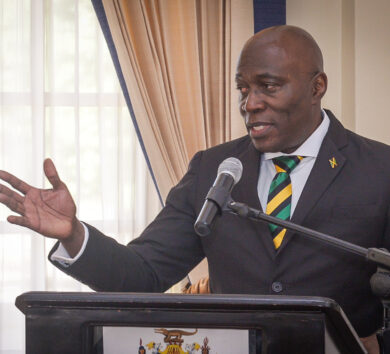
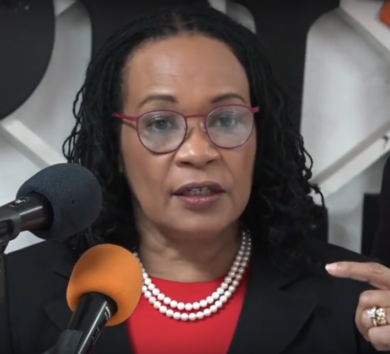
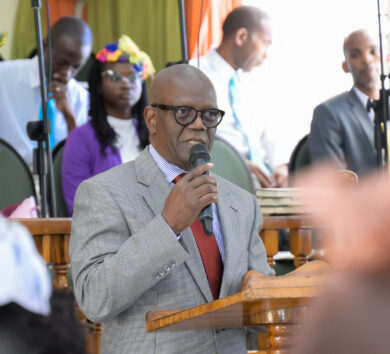
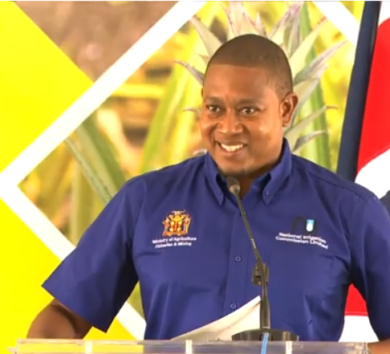


Comments